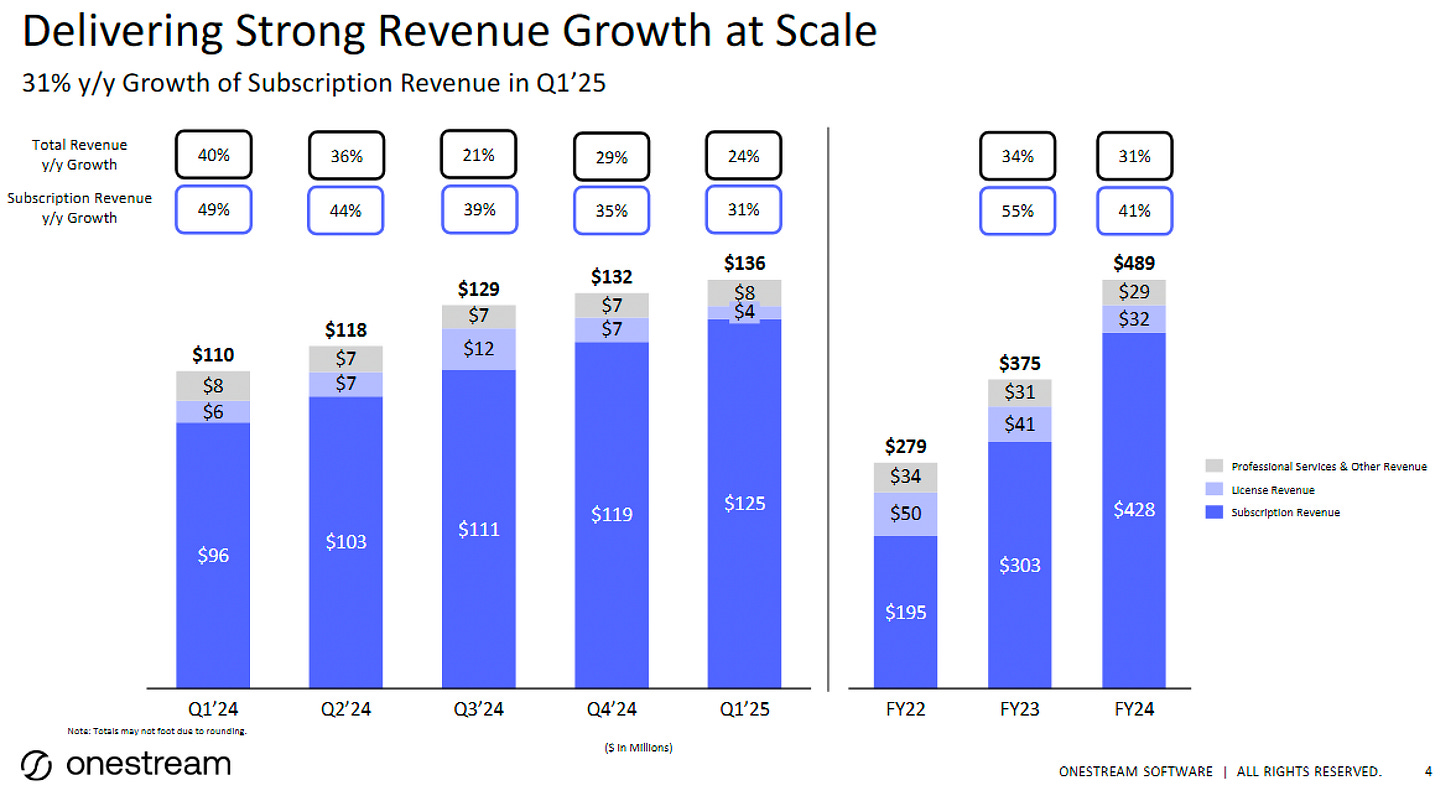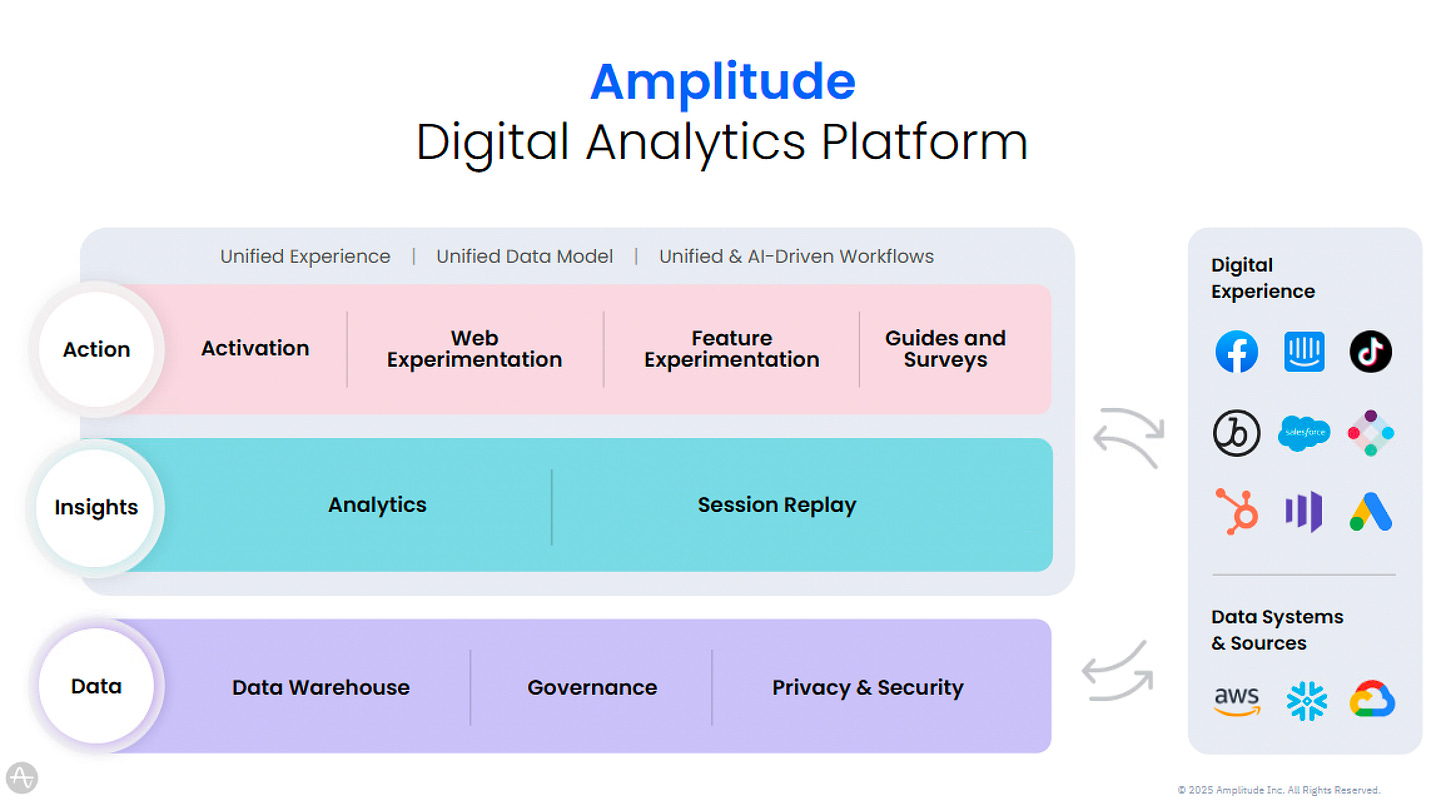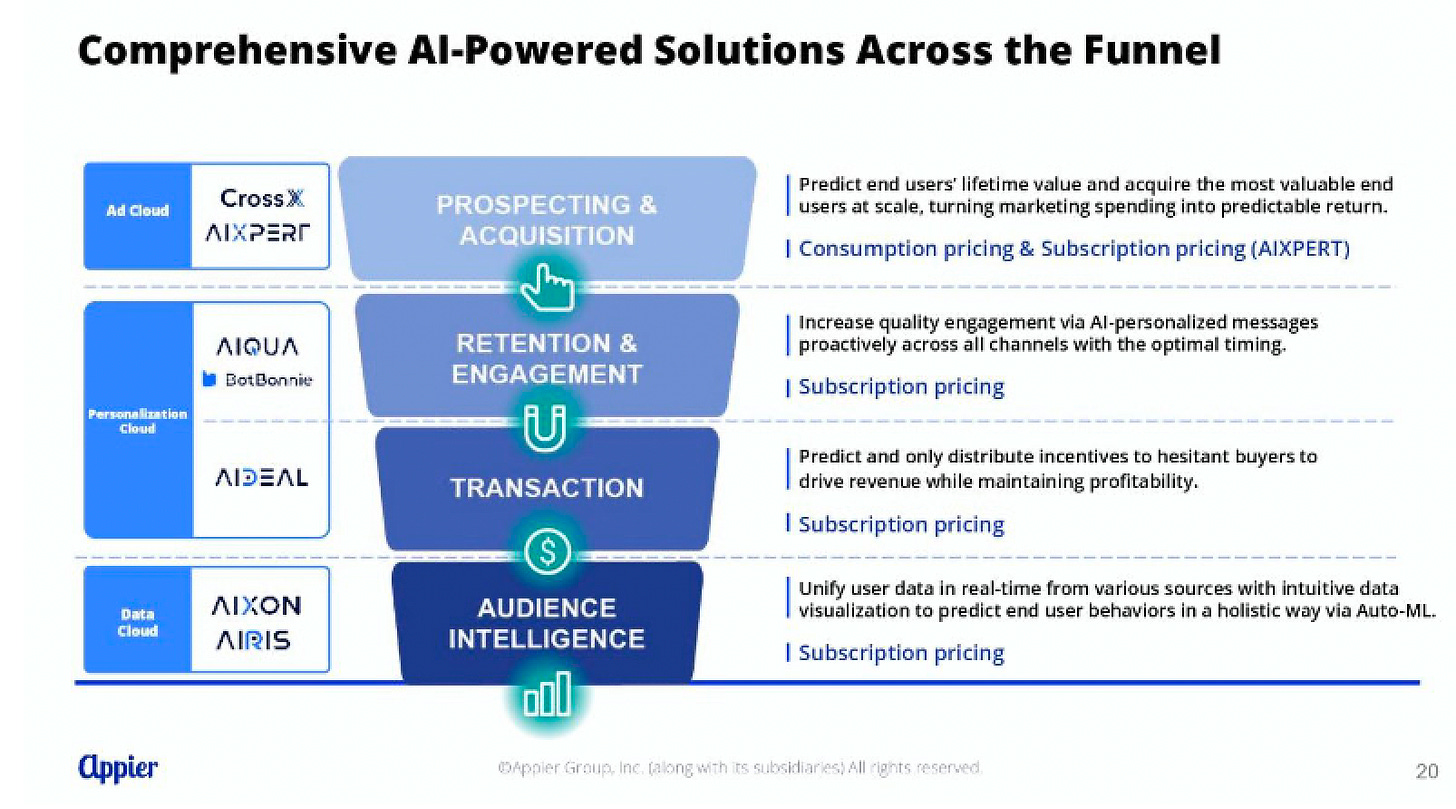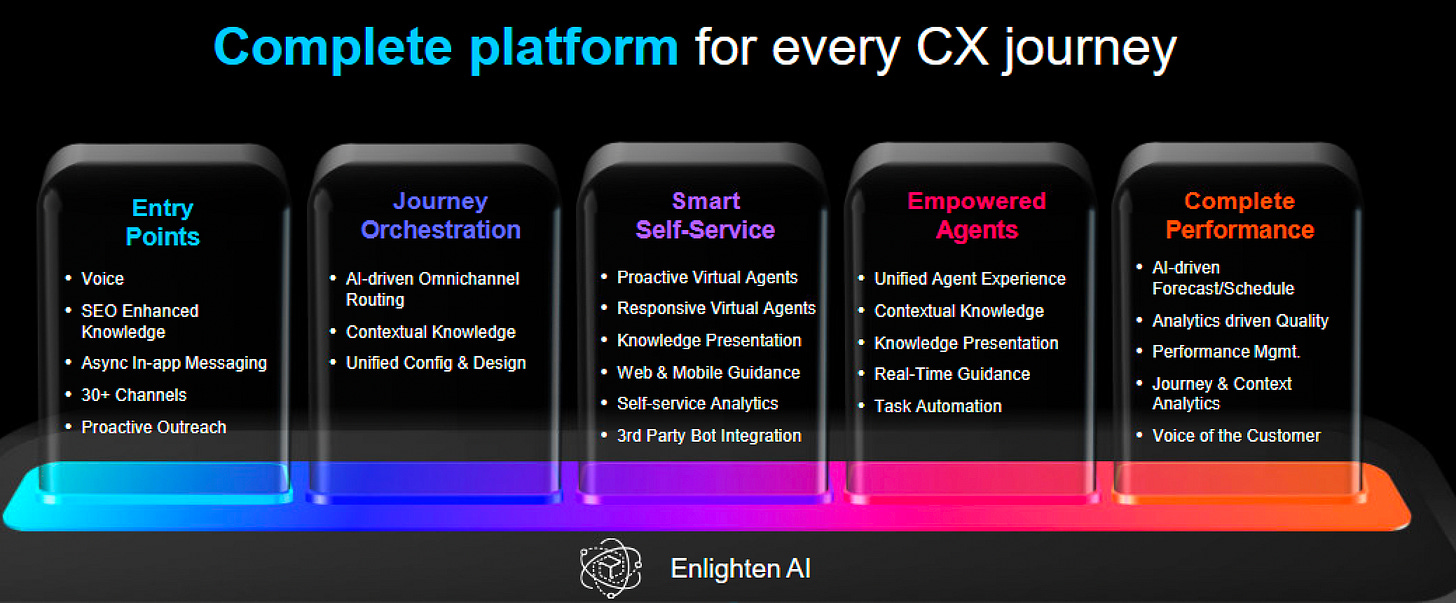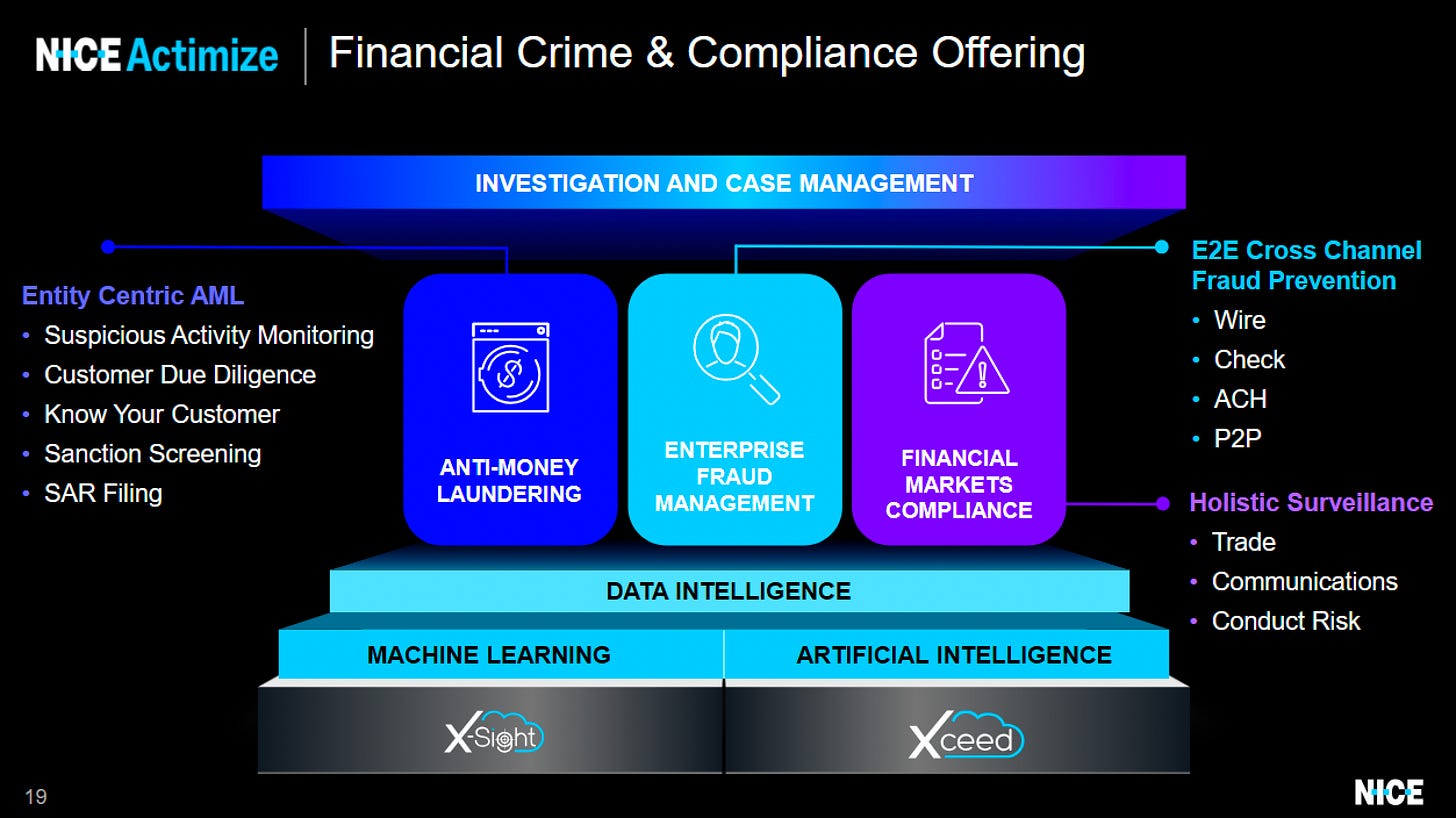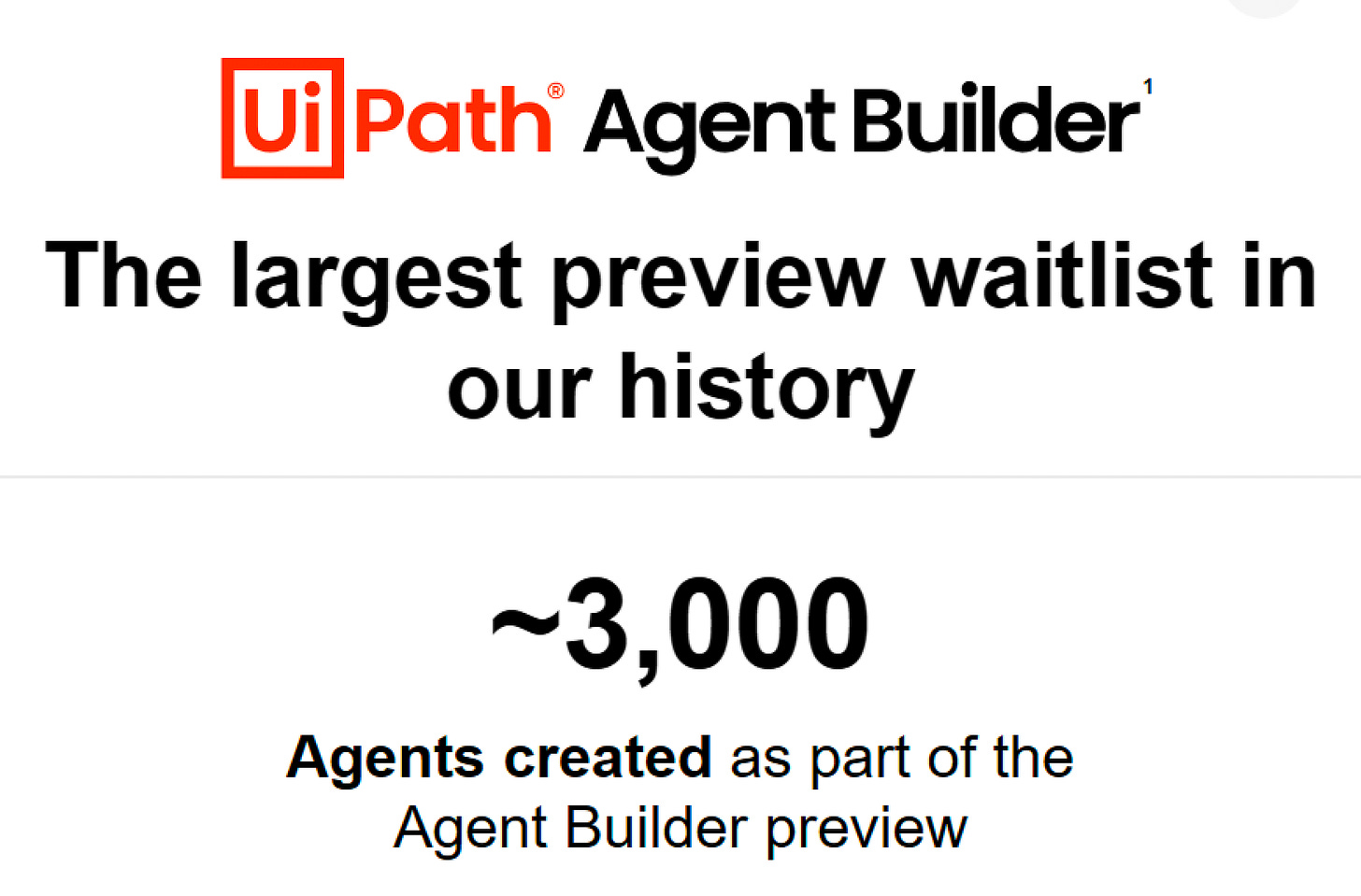Overview
This trade reflects a foundational shift in the architecture of enterprise and consumer software: the rise of agentic artificial intelligence as a first-class workflow primitive. Agentic systems, AI models capable of autonomous decision-making, reasoning, and task execution, are not a feature layer but a new substrate for software construction. They are reconfiguring how software is built, deployed, and monetized.
This trade isolates the second-order beneficiaries of this structural shift and short positions in firms whose architecture or go-to-market model is in conflict with agent-native dynamics. Rather than broad exposure to "AI hype," we seek directional exposure to the winners and losers of this replatforming wave.
Structural Context
Agents are not monolithic entities. They are emergent composites of orchestration, decisioning, feedback, personalization, and interaction layers. Each layer demands different primitives than those used in traditional scripting or rules-based systems:
Programmable orchestration (Onestream, OS): Agents require flexible, auditable execution environments that can stitch together autonomous logic across siloed systems.
Behavioral feedback loops (Amplitude, AMPL): Unlike static dashboards, agents need real-time performance data to self-improve.
Contextual personalization (Appier, 4180 JT): Agents that operate at scale must tailor interactions continuously to user context.
Interactive front ends (NICE): Agents need to talk and listen, across voice, text, and behavior, in customer-facing environments.
Legacy vendors that rely on brittle rules engines, batch-oriented processes, or passive repositories of structured data are being disintermediated by this stack reconfiguration.
Investment Rationale
LONG: Core Beneficiaries of Agent Workflows
We construct the long basket from firms that are structurally embedded into agent-native architecture. These names are not merely "AI-friendly"; they are actively being wired into enterprise agent deployments.
Onestream (OS) — Orchestration for Autonomous Logic
OS functions as the logic and audit control plane for enterprise workflows, enabling secure autonomous execution across finance, compliance, and operations. Its value increases with the complexity and regulatory requirements of agent deployments.
"We’ve become foundational to companies implementing real-time decisioning with autonomous systems."
24% YoY revenue growth
Expanding platform usage beyond finance into compliance and ops
High retention through multi-year renewals
In the age of autonomous workflows, execution integrity and traceability are not optional, they're budgeted. OS monetizes that need directly.
Amplitude (AMPL) — Feedback Engine for Learning Agents
AMPL powers the closed-loop feedback agents require to tune behavior via data-driven reinforcement. It translates usage patterns into optimization signals.
"We enable autonomous products to learn faster through behavioral analytics."
DBNRR at 101%, strong signal of embedded enterprise usage
Adoption accelerating in product-led SaaS and retail
AMPL becomes indispensable in environments where iterative experimentation and behavior tracking are core to agentic product development.
Appier (4180 JT) — Personalization Agents in APAC Commerce
Appier's agents deliver real-time personalization in high-intensity commercial environments in Asia. Its stack is deeply integrated across e-commerce, health, and media.
"Autonomous agents are now generating tailored marketing flows in Japan and Taiwan."
33% YoY revenue growth
52% gross margin
Native deployment in high-context personalization workflows
Appier proves agent-native software is not just theoretical. It's being operationalized today in one of the world's most digital-forward markets.
NICE — Interaction Layer for Enterprise Agents
NICE's Enlighten platform deploys LLM-enabled agents across customer engagement workflows. These include fraud detection, voice analysis, and omnichannel sentiment parsing.
"We deployed over 2,100 Enlighten agent workflows in Q1."
68.2% gross margin, up 110bps YoY
97% retention in strategic accounts
NICE is already the front-end for AI agents in tightly regulated, high-volume use cases. Its ability to synthesize behavioral signals across modalities is hard to replicate.
SHORT: Misaligned Legacy Architectures
Each short position represents a structural mismatch between product architecture and agent-native software evolution.
UiPath (PATH) — Automation Misfit
RPA systems like UiPath’s were built for static rule chains and deterministic workflows. They lack the inference capabilities agents require.
"Clients ask if we support LLMs, but we are just now piloting integrations."
Revenue growth slowed to 7% YoY (from 18%)
SMB churn rising, a forward indicator of architectural irrelevance
Waitlists are worthless:
UiPath's automation model is being leapfrogged. The agentic future is probabilistic, not prescriptive.
Five9 (FIVN) — CCaaS Obsolescence
With agents taking over voice and text channels directly, traditional call-routing logic becomes unnecessary middleware.
"More clients experimenting with AI agent front-ends rather than CCaaS routing."
Five9's value prop is disintermediated as agents offer cheaper, faster alternatives with better data capture.
ZoomInfo (GTM) — Static Data Redundancy
ZoomInfo built its moat on proprietary databases. Agents can now scrape, synthesize, and validate comparable data in real-time.
"We are reassessing value proposition given rise of agent-led enrichment."
Gross margin down to 49%
Net new customer additions negative
Static enrichment loses value when AI can dynamically construct outreach logic.
Commvault (CVLT) — Legacy Stack, No Agent Hooks
CVLT has no clear roadmap for AI-native use cases. It offers no integration points into real-time decisioning workflows.
Relatively low operating margin at 11.2%
Zero AI or agent autonomy mention in earnings materials
A classic value trap: cashflow positive, but strategically irrelevant.
Box (BOX) — Storage Without Workflow Relevance
In a world of agents, storage is either embedded or abstracted away. BOX is neither.
Revenue flat YoY
Gross margin fell to 71.4%
Q1 call contained no AI or agent commentary
Standalone storage is commoditized. Without orchestration or inference hooks, BOX becomes excess baggage.
Conclusion & Weighting
This trade reflects that the AI agent wave is not about toolkits. It’s about architecture. Winners will own budget line items tied to orchestration, learning, and inference. Losers will be those whose products require agents to route around them.
Model Portfolio Weight: 5%
Long: 2.5%, equally across OS, AMPL, 4180 JT, NICE
Short: -2.5%, equally across PATH, FIVN, GTM, CVLT, BOX
A stop loss of –25% has been set at the pair level. Take profits will be evaluated on a case-by-case basis as the underlying thesis develops and additional information becomes available.
Disclaimer:
Ridire Research is an independent research publication operated by Ridire Research LLC and affiliated with a private fund, an Exempt Reporting Adviser under the U.S. Investment Advisers Act of 1940. Ridire Research is not registered as an investment adviser and does not provide personalized investment, legal, accounting, or tax advice.
Informational & Educational Purpose Only
All materials—including text, charts, model portfolios, and explicit labels such as “Buy,” “Sell,” “Hold,” “Long,” or “Short”—are published solely for general informational and educational purposes. They reflect the author’s views at the time of writing, derived from publicly available data, proprietary frameworks, and market analysis, and are not tailored to any reader’s specific objectives, financial situation, or risk tolerance. Subscription to this Substack does not create an adviser–client relationship with the affiliated private fund or its principals.
No Offer or Solicitation
Nothing herein constitutes (i) an offer to sell or the solicitation of an offer to buy any security or other instrument, (ii) a recommendation to participate in any investment strategy, or (iii) a solicitation for investment advisory services. Any references to trades, allocations, or vehicles should be viewed as hypothetical model illustrations only. Offers, if ever made, will be made solely by confidential offering documents and only to qualified investors in jurisdictions where permitted.
Potential Conflicts of Interest
The affiliated private fund, its affiliates, employees, and related accounts may hold, increase, decrease, initiate, or exit positions, long or short, in securities or digital assets discussed, without notice or obligation to update disclosures. Such positions may be inconsistent with views expressed in this publication. The affiliated private fund, related entities, and personnel may initiate, modify, or exit positions in any mentioned security before or after publication without further notice. We maintain internal policies, including trading blackout windows and conflict reviews, to mitigate potential conflicts of interest.
Accuracy & Forward-Looking Statements
Although we strive for accuracy and analytical rigor, information may become outdated and may contain errors or omissions. Forward-looking statements, projections, or target prices are inherently uncertain and may differ materially from actual results. No warranty, express or implied, is given as to completeness, accuracy, or reliability.
Risk Acknowledgment
Investing involves substantial risk, including the potential for complete loss of capital. Past performance, whether actual, indicated by back-tests, or modeled, is not indicative of future results. Securities, derivatives, and digital assets mentioned may be illiquid, highly volatile, or subject to regulatory change.
Reader Responsibility
Readers should conduct their own due diligence, consider their personal circumstances, and consult a licensed financial professional before acting on any information contained herein. By reading this publication you agree that Ridire Research LLC, the affiliated private fund, and their affiliates accept no liability for any direct or consequential loss arising from reliance on the information presented. This research is not directed at persons in jurisdictions where such distribution would be contrary to local law.



